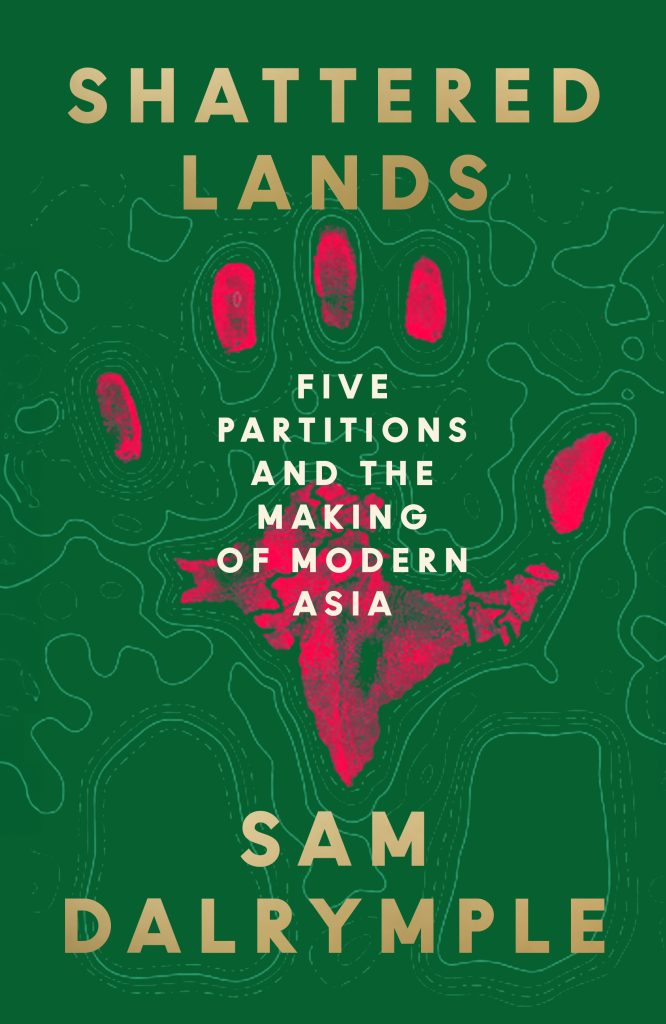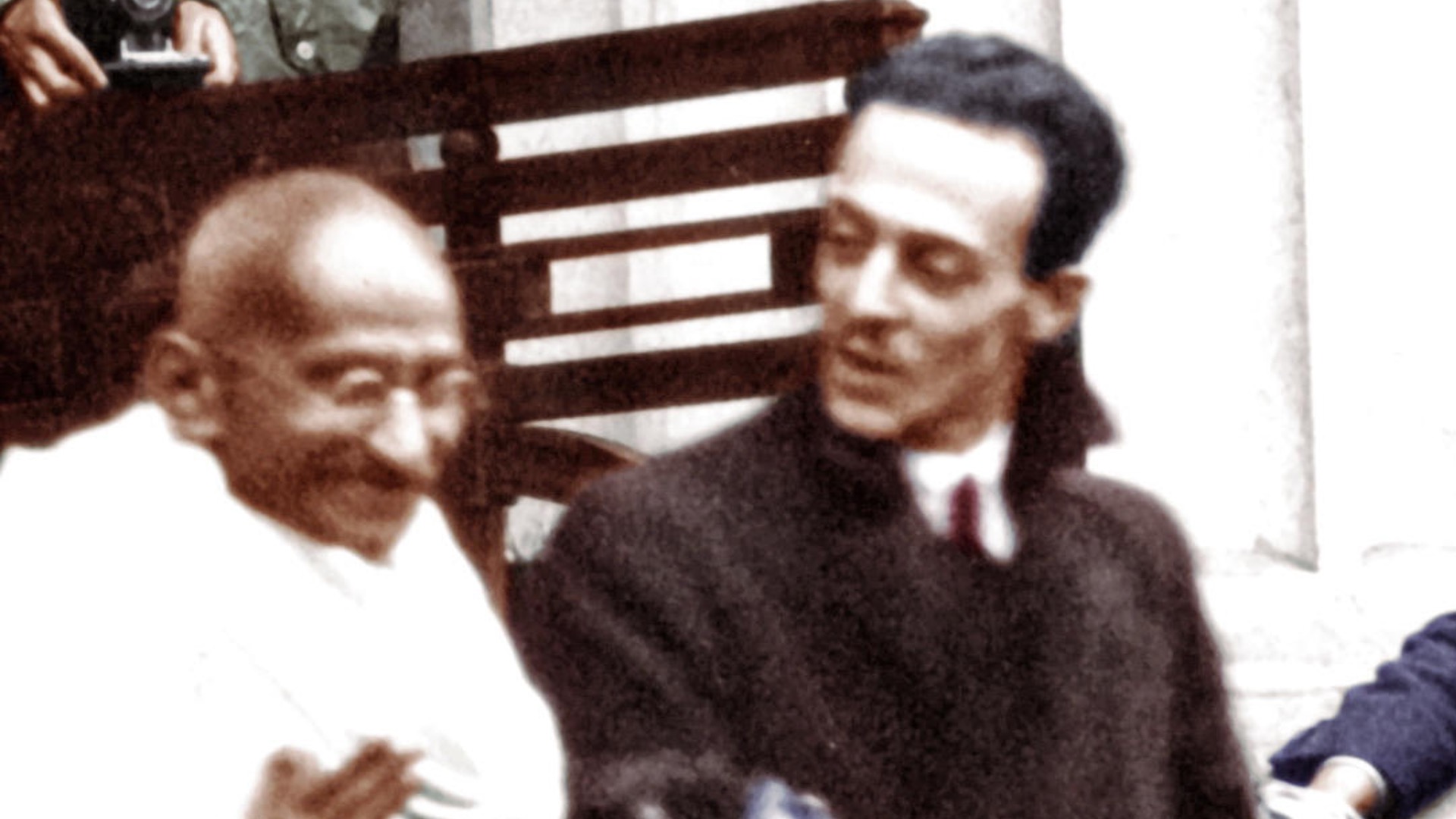Five partitions tore apart the British controlled ‘Indian Empire’, leaving behind a legacy of war, exile, and division. Historian Sam Dalrymple tells that story.
As recently as 1928, a vast swathe of Asia — India, Pakistan, Bangladesh, Burma, Nepal, Bhutan, Yemen, Oman, the UAE, Qatar, Bahrain and Kuwait — were bound together under a single imperial banner, an entity known officially as the ‘Indian Empire’, or more simply as the Raj.
It was the British Empire’s crown jewel, a vast dominion stretching from the Red Sea to the jungles of Southeast Asia, home to a quarter of the world’s population and encompassing the largest Hindu, Muslim, Sikh and Zoroastrian communities on the planet. Its people used the Indian rupee, were issued passports stamped ‘Indian Empire’, and were guarded by armies garrisoned at forts from the Bab el-Mandab to the Himalayas.
And then, in the space of just fifty years, the Indian Empire shattered. Its legacies include civil wars in Burma and Sri Lanka, ongoing insurgencies in Kashmir, Baluchistan and north-east India and the Rohingya genocide.
Based on deep archival research, previously untranslated private memoirs, and interviews in English, Hindi, Urdu, Bengali, Punjabi, Konyak, Arabic, and Burmese, historian Sam Dalrymple tells the story of how the map of modern Asia was made.
Tickets to this event are at a £15 discount for members to How To +, and members can also watch the livestream for free.







